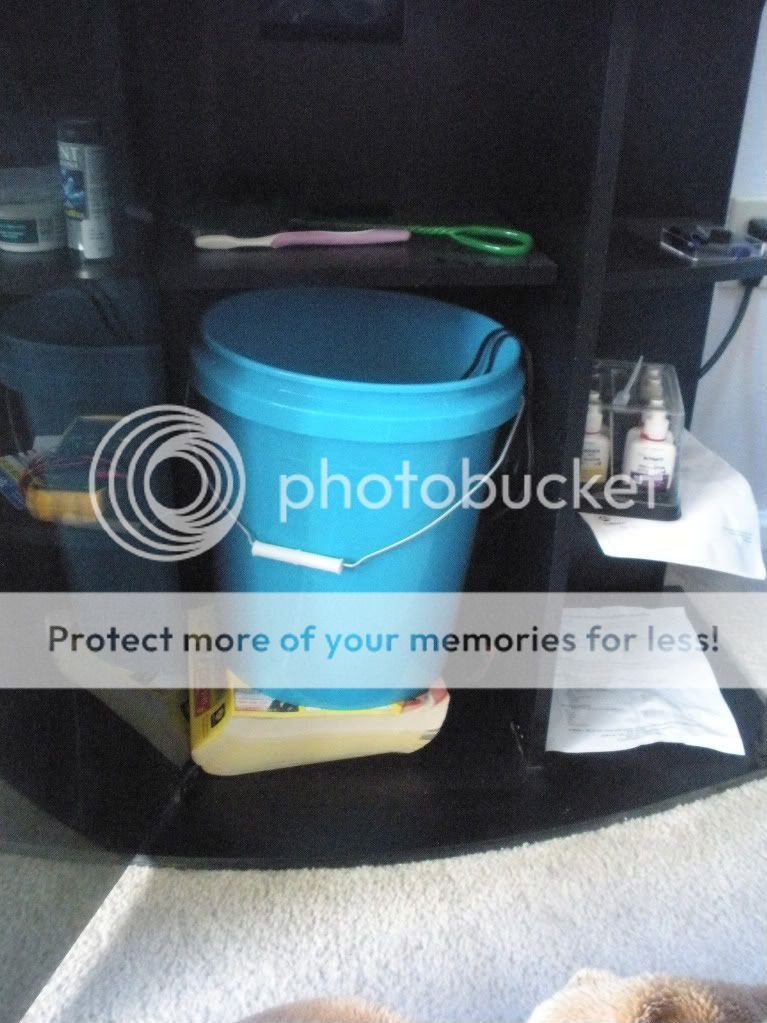little_fish
Moderator
I know there is a super big thread on this already, but im kinda suffering from information over load looking at it. So i was hoping that i get this all on one place and hopefully a little simpler as well.
Below is a pic of my stand. I can only fit the 5 gal bucket in there, which is why im going with the scrubber instead of a skimmer. Im thinking i will use a piece of screen 10 in x 10 in, so i will only need to light it from one side.

Because my tank isnt drilled i will need to have an overflow. If im pumping water from the bucket back into the tank at the suggested gpm, does that mean water will be flowing over the scrubber at the same speed?
Also, how do i size overflows? I have also heard that they can cause a tank to empty if there is a power failure, how do i prevent this? Also if the water continually flows then how do I remove the screen to be cleaned?
Any help and very detailed pictures would be much appreciated.
Below is a pic of my stand. I can only fit the 5 gal bucket in there, which is why im going with the scrubber instead of a skimmer. Im thinking i will use a piece of screen 10 in x 10 in, so i will only need to light it from one side.

Because my tank isnt drilled i will need to have an overflow. If im pumping water from the bucket back into the tank at the suggested gpm, does that mean water will be flowing over the scrubber at the same speed?
Also, how do i size overflows? I have also heard that they can cause a tank to empty if there is a power failure, how do i prevent this? Also if the water continually flows then how do I remove the screen to be cleaned?
Any help and very detailed pictures would be much appreciated.

